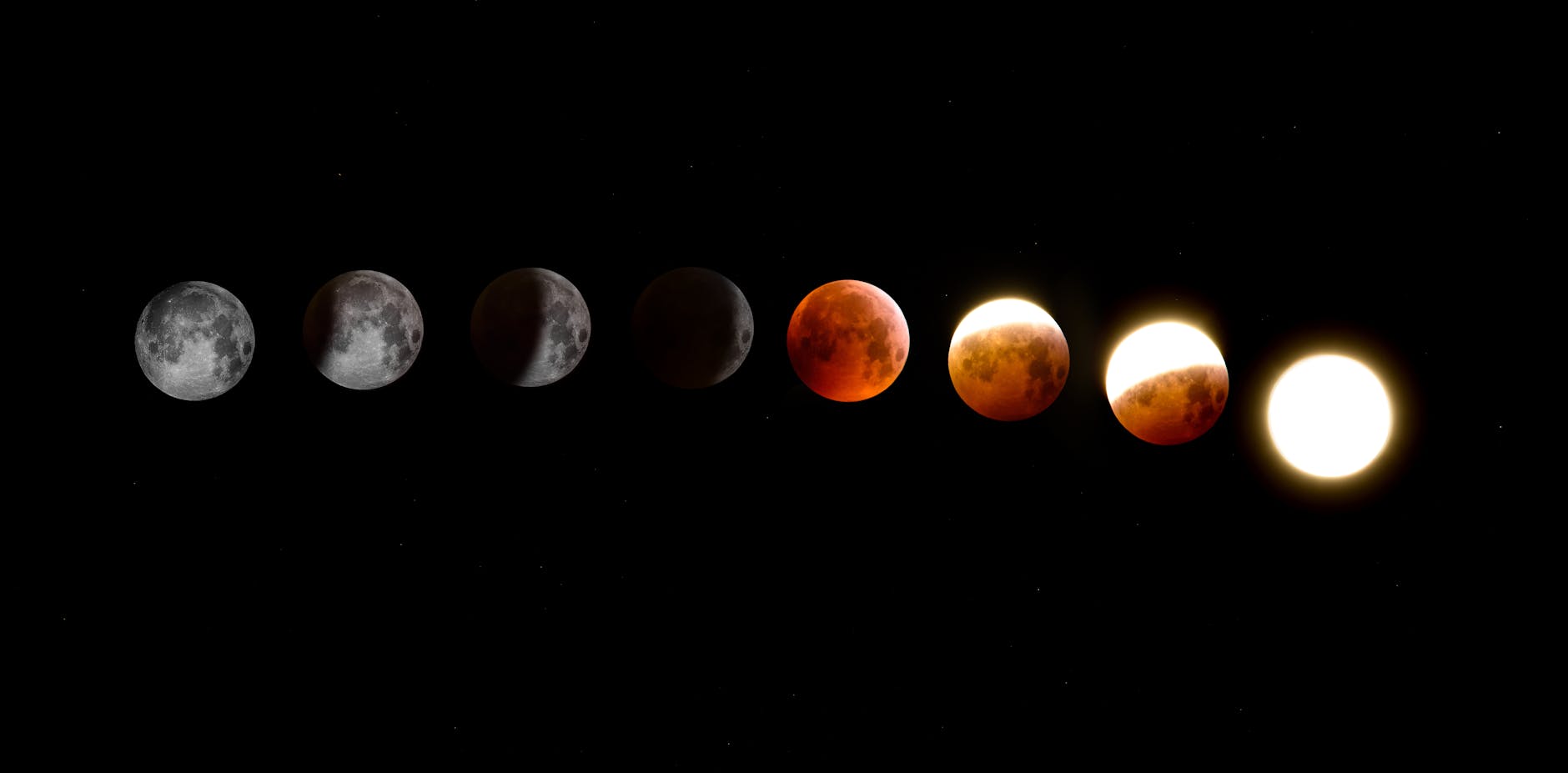Solar eclipses have captivated human imagination for millennia, inspiring awe, fear, and wonder across cultures and civilizations. As celestial phenomena where the moon passes between the Earth and the Sun, casting a shadow on our planet, solar eclipses have left indelible marks on human history. This article delves into the rich history of solar eclipses, tracing their significance in ancient cultures, the development of scientific understanding, and the modern methods used to study these celestial events.
I. Ancient Observations and Mythologies
The history of solar eclipses dates back to ancient times, where these celestial events were often interpreted through the lens of mythology, religion, and superstition.
- Early Records and Interpretations
Ancient civilizations, including the Babylonians, Egyptians, and Chinese, left records of solar eclipses dating back thousands of years. These early observations were often imbued with religious or mythological significance, with eclipses viewed as omens or portents of divine displeasure. In many cultures, solar eclipses were perceived as battles between cosmic forces or as signs of impending doom, leading to rituals and ceremonies aimed at appeasing the gods.
- Cultural Interpretations and Fear
Across different cultures and regions, solar eclipses evoked a range of emotional responses, including fear, reverence, and curiosity. The sudden darkening of the sky during daytime instilled awe and apprehension among ancient peoples, who lacked the scientific understanding to explain these phenomena. Solar eclipses were often associated with myths and legends, with interpretations varying widely based on cultural beliefs and cosmological frameworks.
- Contributions to Early Astronomy
Despite the superstitious interpretations, ancient observations of solar eclipses laid the groundwork for early astronomical studies. Babylonian astronomers, for example, developed rudimentary methods for predicting eclipses based on empirical observations. These early attempts at understanding celestial phenomena paved the way for the emergence of systematic astronomical observations and the development of early calendars and almanacs.
II. Scientific Investigations and Astronomical Advancements
The study of solar eclipses underwent significant advancements with the rise of modern astronomy and scientific inquiry, leading to a deeper understanding of the underlying celestial mechanics.
- Copernican Revolution and Heliocentrism
The Copernican Revolution in the 16th century, spearheaded by Nicolaus Copernicus, fundamentally transformed our understanding of the solar system. Copernicus’ heliocentric model, which placed the Sun at the center of the solar system with the Earth and other planets orbiting around it, provided a new framework for interpreting solar eclipses and other astronomical phenomena.
- Kepler’s Laws and Orbital Mechanics
Johannes Kepler’s laws of planetary motion, formulated in the 17th century, revolutionized our understanding of orbital mechanics and celestial dynamics. Kepler’s insights into the elliptical orbits of planets around the Sun laid the foundation for predicting the occurrence and timing of solar eclipses with greater precision. By applying Kepler’s laws, astronomers could calculate the paths of the Earth and Moon and anticipate when they would align to produce an eclipse.
- Total Solar Eclipse Expeditions
The 19th and 20th centuries saw a surge in scientific expeditions aimed at studying solar eclipses and their effects. These expeditions involved astronomers traveling to remote locations along the path of totality to observe and document solar eclipses. Through careful measurements and observations, scientists gained valuable insights into the Sun’s outer atmosphere (the corona), solar flares, and other solar phenomena that are typically obscured by the Sun’s brightness.
III. Modern Observations and Technological Innovations
Advancements in technology have revolutionized the study of solar eclipses, enabling scientists to conduct precise measurements and observations with unprecedented detail.
- Space-based Observations
The advent of space-based observatories, such as NASA‘s Solar Dynamics Observatory (SDO) and the European Space Agency’s Solar Orbiter, has transformed our ability to study the Sun and solar eclipses. These spacecraft provide high-resolution images and data of the Sun’s surface, atmosphere, and magnetic fields, allowing scientists to study solar phenomena with unparalleled clarity.
- Solar Eclipses as Natural Laboratories
Solar eclipses serve as natural laboratories for studying the Sun’s outer atmosphere and phenomena such as solar prominences, coronal mass ejections, and the solar corona. During a total solar eclipse, the Moon’s shadow reveals the Sun’s outermost layer, the corona, which is otherwise invisible to the naked eye. By observing the corona during eclipses, scientists can study its structure, dynamics, and magnetic activity.
- Citizen Science and Public Engagement
Solar eclipses also provide opportunities for citizen scientists and amateur astronomers to contribute to scientific research. Citizen science projects, such as the Citizen CATE (Continental-America Telescopic Eclipse) experiment, enlist volunteers to observe and photograph solar eclipses from multiple locations across the eclipse path. These coordinated observations yield valuable data for studying the Sun’s corona and other solar phenomena.
IV. Future Prospects and Ongoing Research
As our understanding of solar eclipses continues to evolve, astronomers and researchers are poised to uncover new insights into the Sun-Earth-Moon system and the broader field of astrophysics.
Advancements in computational modeling and data analysis have enabled scientists to develop sophisticated predictive models for forecasting solar eclipses with precision. These models take into account the orbital dynamics of the Earth and Moon, as well as variations in the Sun’s
Avid Writer with invaluable knowledge of Humanity!
Upcoming historian with over 30 million views online.
“You make your own life.”





